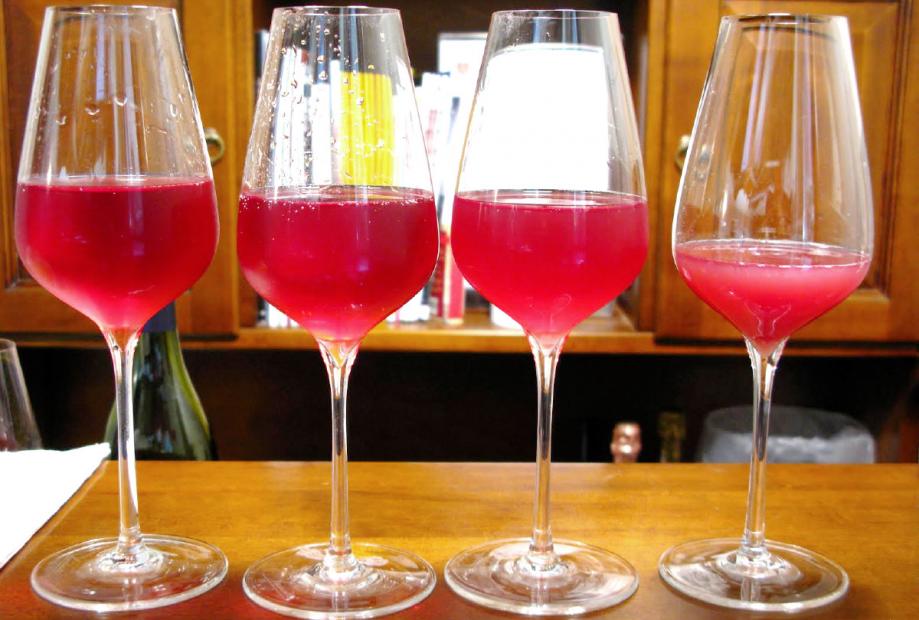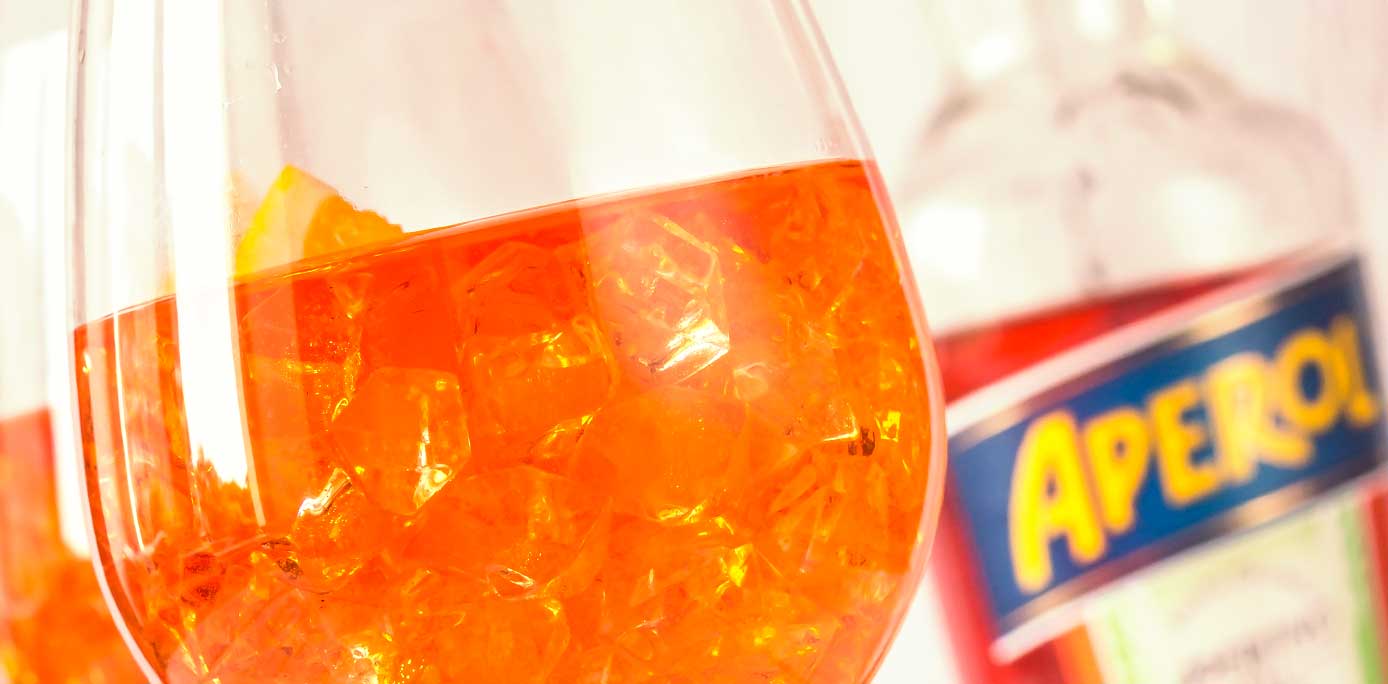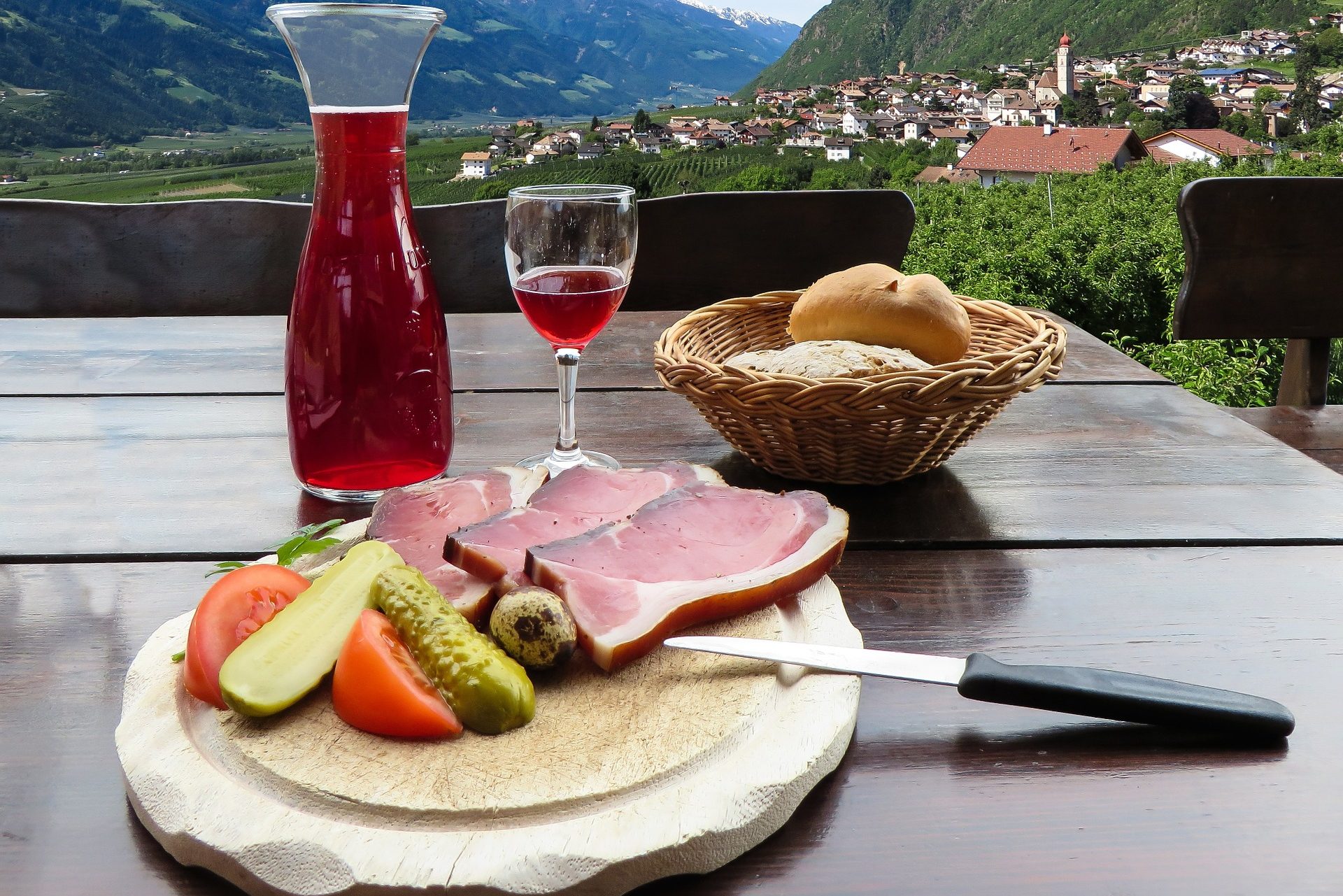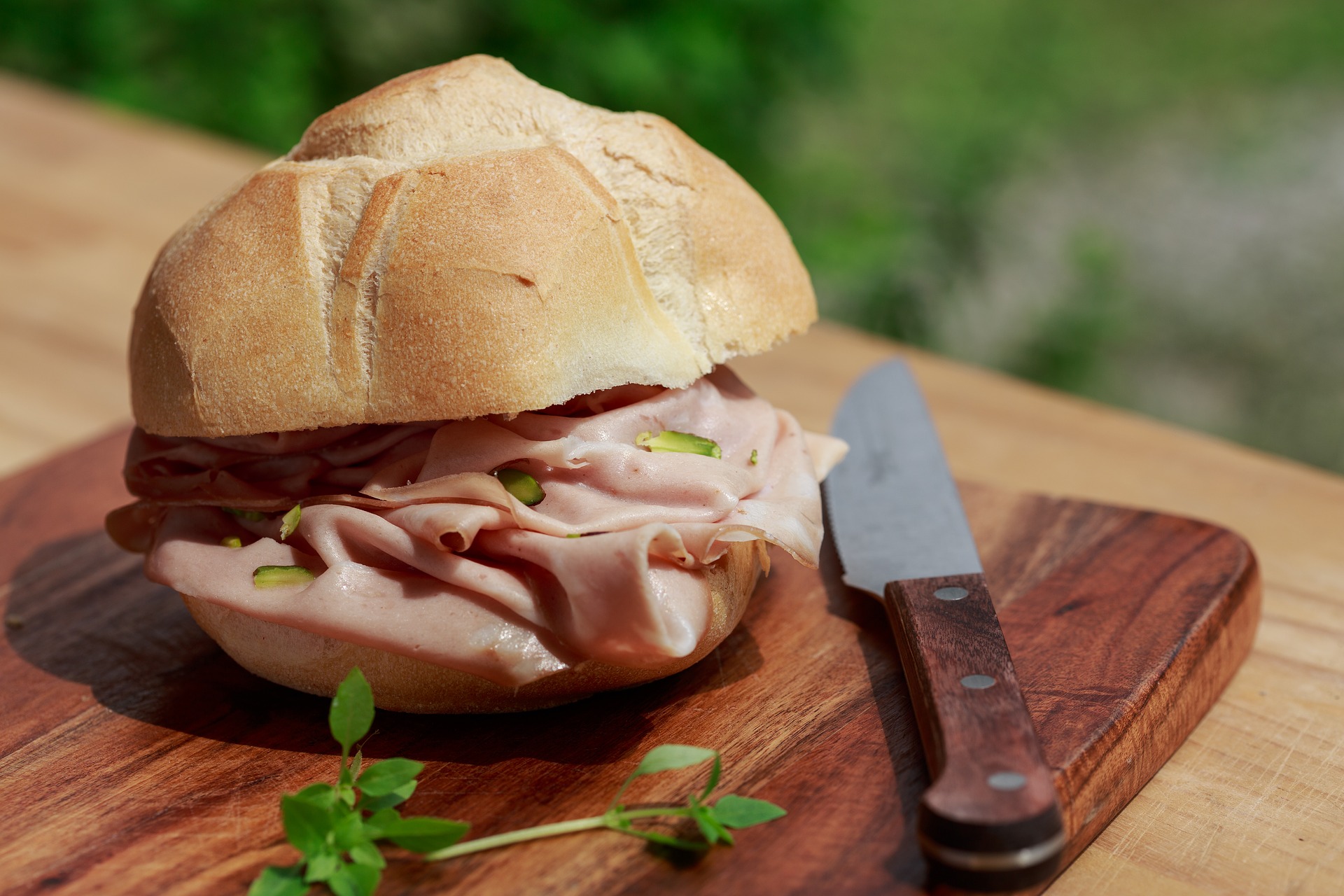I like that many consumers still remember that period during the ‘70’s when Lambrusco earned a reputation as a sweet, fizzy drink styled for the American market. I like it when wine writers struggle to talk about Lambrusco without ever mentioning ‘ice’, ‘nice’ or, you know … the ‘R’ word… so strongly associated with a certain advertising campaign. And I totally enjoy the way that “serious wine drinkers” continue to frown upon Lambrusco.
Because … they remind me that Lambrusco today is a celebration of renewal, renewal fueled by better understanding.
They are dry. They are red or, in some cases, rosato. And bubbly – no, let’s correct that straightaway … they are frizzante… and authentic Lambrusco wines today are some of the most exuberantly refreshing, palate-pleasing, and I dare say … romantic … of Italy’s wines.
Aromas range from strawberry, raspberry and cherry to plum, with hints of violets, currants, and smoke. Alcohol registers low at around 11%. The wines have a pleasant creamy texture in the mouth, balanced by lightly grippy tannins and vibrant acidity that helps Lambrusco wines excel at table. Lambrusco wines are not overtly sexy, but rather whimsically romantic. Perhaps, most of all, good authentic Lambrusco achieves a balance of dryness, fruitiness, acidity, tannins, and effervescence.
Frizzante … let’s talk about that. The term frizzante denotes a level of carbonation pressure that gives wine a sparkling quality typical of Lambrusco wines. In Lambrusco wines, that quality is less than what one would associate with, say, Champagne, perhaps closer to what many might think of as “spritz” or “half-sparkling”. Lambrusco’s frizzante nature produces a lovely, pinkish-colored mousse upon pouring, which is to be appreciated and which dissipates quickly, leaving just enough effervescence for an absolutely refreshing sensation on the palate.
Most Lambrusco wines are made using the Charmat method where a second fermentation takes place in a pressurized steel tank. Some bottlings use metodo classico, the same method employed in the production of Champagne, where the second fermentation takes place in bottle. I don’t believe either one is necessarily better or worse than the other, though you may find metodo classico confers a certain uniqueness when used.
Before we proceed much further along with our Lambrusco discussion, I must call out the following important point of distinction: the name Lambrusco refers not to a single grape variety, but rather to a family of native red grapes mainly grown in the area of Italy’s Emilia Romagna around the towns of Modena, Parma, and Bologna. There is also a single DOC area for Lambrusco in Lombardy. As different cultivars exist within the Lambrusco family, one must be specific when talking about Lambrusco. To say “I want to buy some Lambrusco” is equally as ambiguous as saying “I want to buy a Mercedes.” Which one???
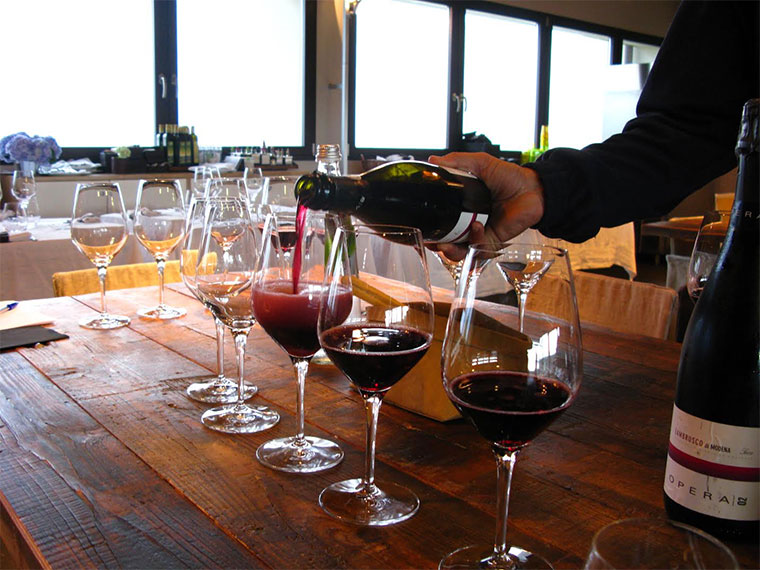
To help you sort which Lambrusco wine you might best appreciate, let’s have a look at the personalities of the three main Lambrusco family players easily found in the US market, as they make very different wines:
You’ll no doubt find Lambrusco di Sorbara to be the most floral and lightest, with an air of grace and elegance. Lambrusco Grasparossa di Castelvetro is the most structured and powerful, has the most tannic finish, and is considered by many to be highest quality. If you’re looking for the best of both worlds, Lambrusco Salamino delivers a good balance of Sorbara’s elegance and Grasparossa’s muscle.
The off-dry or amabile style of Lambrusco wine gets a bad rap from curmudgeonly people who just can’t get over that sweet 1970’s stereotype thing. Don’t let that prevent you from having great fun with delicious amabile versions. It’s not that the style is in-your-face sweet. It is more about a touch of residual sugar that compliments the wine’s acidity and tannins. Frankly, in my opinion, amabile versions can provide just the right counterpoint to certain salty foods and are glorious with fresh fruit desserts.
Lambrusco wines deserve a slight chill ahead of being served. The effervescence occasionally encourages some folks to serve the wine in flute shaped glasses, but this is not recommended. Personally, I use ordinary wine glasses and occasionally tumbler glasses for more casual settings. Serve young, within 18 or so months.
Lambrusco wines have an incredible range at table and will work with almost anything you put down. A few favorites include charcuterie, especially cured pork meats such as mortadella, tortellini in broth, stuffed pasta served with rich red sauces, lasagne, risotto, grilled sausages, barbequed ribs, pulled pork, even spicy Asian dishes.
Tasting Note:
Ermete Medici Reggiano Lambrusco Concerto
Fragrant of strawberries and raspberries with notes of cherry and cola. Round, fresh, fruity, nicely dry on the palate, creamy, balanced with appetite-raising level of acidity. 100% Lambrusco Salamino.
